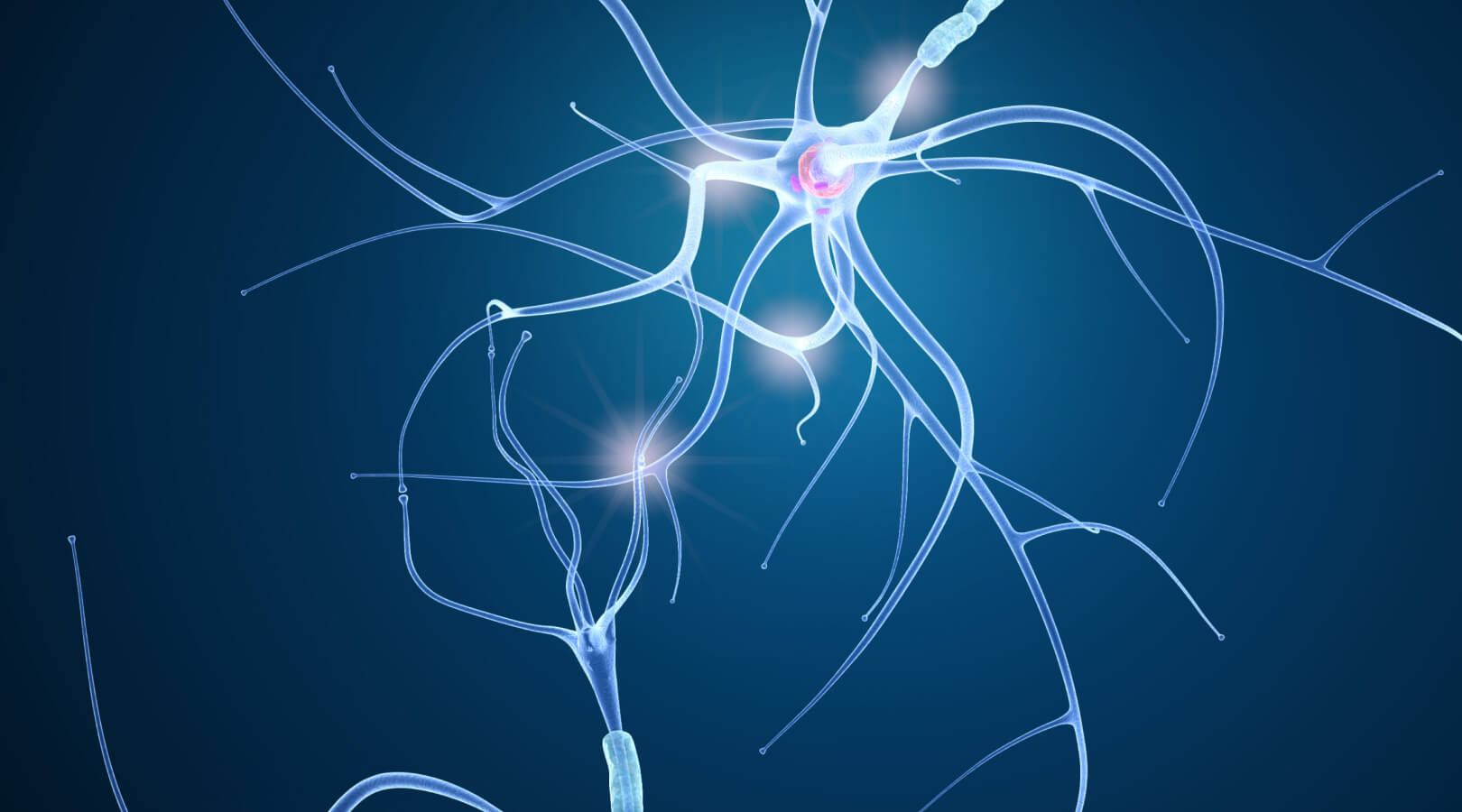In this article, we will delve into some of the major obstacles faced in the sector and explore how emerging technologies like artificial intelligence (AI) can enable solutions to benefit patients and medical professionals alike.
1. Access to pathology is not the same everywhere.
A growing base of research indicates most of the world lacks sufficient access to pathology services.
We lean heavily on the research work in Constant Demand, Patchy Supply for several findings in this article. As that piece notes, the ongoing pathologist shortage is a global concern.

- In countries such as Australia and the United States, the paper reports rates of over 40 pathologists per million inhabitants, the highest in the world.
- Around the rest of the world, numbers vary quite considerably by country and region. South America provides one example of this:
- Some countries, such as Argentina, see pathologist-per-million rates at 20-29 per million;
- Others, such as Colombia, may only offer less than ten pathologists per million residents.
- Developing nations may face even more protracted struggles bringing vital pathology services to patients. For instance, according to the research, Zambia is reported to have a total of eight pathologists and Somalia, just two for its entire population. This provides a rate of less than 1 pathologist per million inhabitants in both countries.
The point is not to disparage individual systems, instead the analysis makes a plain point: Depending on where one is in the world, their ability to access critical pathology services may suffer.
We aim to help change that with pathology technology that uses AI and machine learning (ML) to scale the capacity of healthcare. Our collaborative, pathologist-led design approach utilising experts from across the globe will enable short-staffed pathology services and associated businesses to provide more efficient, accurate diagnoses, resulting in improved patient outcomes.
2. More than 2/3rds of the world’s pathologists are distributed across only 10 countries.
This figure, adapted from the work mentioned above, tells the same story in different terms. Of the 108,000 pathologists captured across 163 countries, more than 72,000 (66.6%) of them are located in just 10 countries.
Countries by number of pathologists:
- USA (21,200+)
- India (20,000+)
- China (11,000+)
- UK (3,900+)
- Brazil (3,500+)
Australia sits 10th in the list with approximately 1,900 pathologists. It is worth also noting that at a rate of 77 pathologists per million population, Australia has the highest rate of pathologists to population in the world. Yet the Royal College of Pathologists of Australasia (RCPA) reports new trainee and fellowship commencements per annum would need to double to meet pathology service demand in Australia and New Zealand.

While countries atop the list may rank highest overall by comparison, their staffing levels (as above) still represent a shortage. This means even patients in seemingly well-resourced countries may still suffer from a lack of access to care. This is a serious concern today and one that will grow even more so as an ageing population continues to place demand on pathology systems across the world.
As the pathology community considers and attempts various new practices to overcome the gap, we again raise the power of AI-powered pathology software. Instead of supplanting human decisions, these tools can integrate harmoniously into a pathologist’s workflow, supporting the pathologist by acting as a second pair of eyes in their clinical review.
3. Increasing (and ageing) populations point to an ever-growing need for more pathologists.
The growing & ageing global population will result in an increased workload for pathology-linked health services such as biopsies. As the risk of cancer and other diseases increases over time, a natural outcome of ageing, a need for more pathologists to cover the baseline increase in demand will ensue. This article from Pathology Awareness Australia (PAA) states, “It is an impressive statistic that pathology is used to diagnose 100% of cancers.”

As seen in the figure above, adapted from the US National Cancer Institute, only 25 in every 100,000 patients 20 years old and under are reported to develop cancer; that figure increases by more than 40-fold to over 1000 out of 100,000 at age 60 and above.
Now consider these numbers in conjunction with ageing rates. In the US alone, people aged 65 and older (who comprised just 16% of the population in 2019) will account for up to 22% of the population by 2040; in the UK, some 18.6% of the population is already over 60 years old, up from 16.4% in 2011. Worldwide, the number of people over 60 years old is expected to more than double from 1 billion to 2.1 billion by 2050.
Pathologists and biopsy examination play a crucial role in cancer diagnoses, with the Royal College of Pathologists (RCP) stating, “Pathologists are at the heart of cancer prevention through screening, diagnosis, monitoring and treatment.” As the global burden of cancer is rapidly increasing, with new cancer cases predicted to increase from 14 million in 2012 to 24 million by 2035, we can draw a clear line between the increase in ageing populations & cancer rates and the future outlook for an impending increase in pathology workload. As the RCP also confirms, “With an ageing population and a predicted sharp rise in the number of people who will develop cancer at some point in their lives, pressure on already-stretched pathology services will also increase.”

4. More than 46% of practicing pathologists are experiencing burnout.
In 2019 & 2020 a research study was conducted in the US to assess burnout experienced by pathologists across the various stages of training & practice. Over 46% of respondents answered that they had experienced burnout in their first 3 years of practice (47.6%) and during the period beyond (46.6%). Furthermore, the study found that around a third of those experiencing burnout, reported it lasting months. As the research details, the consequences of burnout may include, “inattentiveness, irritability, and “tiredness” resulting in job transitions, increased medical errors and consequent malpractice claims.” And COVID is likely to have exacerbated the problem, as regular investigations & treatments were delayed due to lockdowns, and resources were allocated to treat COVID patients. Pathologists are now trying to catch up with resultant increased diagnostic volumes & workloads due to the period of disruption.
These findings highlight the urgent need for interventions to address burnout among pathologists. AI has the potential to play a significant role in addressing some of the issues: delegating some of the repetitive and mundane tasks to AI could significantly reduce the workload and cognitive burden on pathologists. Moreover, AI-powered tools can assist pathologists in their decision-making process, providing them with accurate and timely insights. This can help pathologists in making informed decisions and reducing the time and effort required for complex tasks. By reducing cognitive load, AI can help pathologists focus on the more challenging and rewarding aspects of their profession, thereby reducing the risk of burnout.
5. It takes 12 to 14 years to train a pathologist.
Another number at the crux of the pathology staffing crisis: Specialists take a long time to develop. Our pathology professionals require access to tools that bring workflow efficiencies, augment decision-making, and reduce cognitive load.
- In the US, training a pathologist takes 11-12 years or longer
- In the UK, professional development for pathologists takes 12 – 15 years
- In Australia, pathology training can take over 13 years.

The demand for specialised clinicians such as pathologists continues to outstrip supply and the time-consuming process of training to meet this demand can leave patients at risk of delays in treatment or even medical errors. However, the application of AI tools can provide alleviation and bridge the gap between supply and demand by increasing efficiency and accuracy in healthcare delivery.
6. In the UK, just 3% of histopathology departments are adequately staffed.
As per a 2018 workforce census conducted by The Royal College of Pathologists in the UK, only 3% of the participating departments reported having an adequate number of staff to meet the clinical demand. The survey results further highlighted the financial implications of staff shortages, with an estimated cost of £27m per year across the UK health service as hospitals resort to employing locum doctors or outsourcing services to fill staffing gaps.
Workforce shortages were observed as far back as 2012 in Australia by RCPA, suggesting this is not a recent or isolated issue.
This leads to larger questions: What will this shortfall look like in five years? Ten? How will these self-reported shortages and concurrent factors such as ageing population and increased cancer rates impact pathology services and, ultimately, patients?
It is from asking these key questions that we can see the significance and potential impact of scalable AI solutions. By working hand in hand with pathologists to build assistive tools, technology can provide workload efficiencies and speed time to diagnosis for patients.

In a new world of healthcare, new tools are necessary.
Pathology is a critical aspect of modern medicine, providing vital insights into the diagnosis and treatment of diseases. A baseline increase in the number of patients requiring health services, combined with current pathologist shortages, lengthy training processes, and inadequate numbers of graduates entering the specialty, are creating an increasing pressure on pathology services worldwide.
The field of pathology is undergoing a digital transformation. This has enabled the digitization of pathology images, facilitating the remote sharing of images between clinicians. The digitization of the field, along with the availability of large datasets, have enabled the development and refinement of AI algorithms that can detect and classify a range of pathologies with increasing accuracy.
As such, AI represents a significant opportunity to advance the field and provide one of the most scalable means of enabling equitable access to pathology services globally – improving patient outcomes and ultimately saving lives.

Now it is time for the field’s next steps. As AI and ML grow their presence in pathology practices worldwide, expect to see the emergence of ground-breaking tools that optimize end-to-end clinical workflows, built directly with pathologists to improve outcomes for growing patient bases.
Franklin.ai is proud of our mission to scale pathologists’ capacity for diagnostic care across the globe. By providing a suite of AI-enabled SaMD solutions that acts as a second set of eyes, we are ushering forth a new era of healthcare. One in which more patients have greater access to a higher level of pathology care.
To keep up to date with the latest at Franklin.ai & AI in pathology, follow us on LinkedIn.





